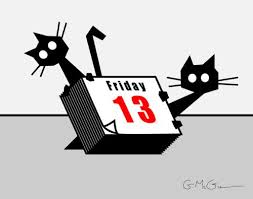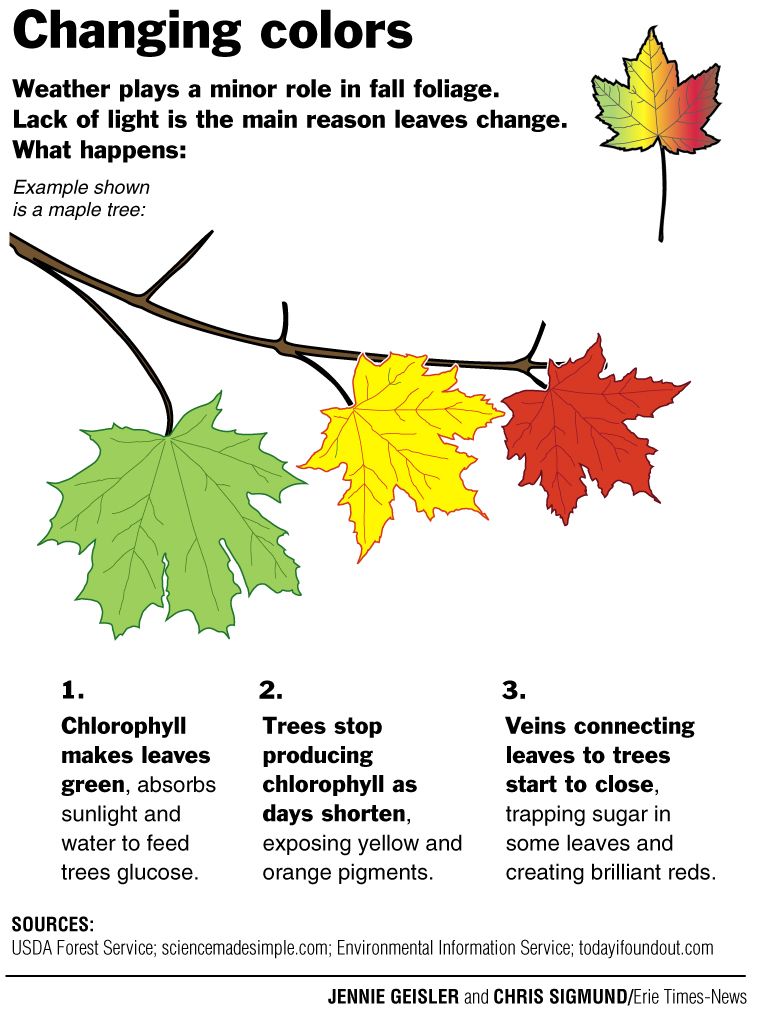The History of Friday the 13th
Friday, November 13, 2020
In a good year, Friday the 13th carries its reputation of bad luck. In a pandemic year, who knows what it will bring.
The origins of the Western fear of the number 13 is unclear. Some date it back to a Norse myth about 12 gods having a dinner party and a 13th uninvited guest arrives. Others relate the fear of the number 13 to the Code of Hammurabi. The Code allegedly missed a 13th law from its list of legal rules. This event is commonly viewed as simply, a clerical error. However, superstitious people will point to this as proof of 13’s longstanding negative associations. There is a biblical theory as well. The Last Supper was attended by 13 guests. Jesus and his 12 apostles attended and one of those apostles went on to betray Jesus.
Why Friday though? Most people look forward to Friday every week. It is the sign of another work week done and ushers in the happiness of the weekend. The negative association with Friday is linked to religious and cultural origins. Biblically, Friday is seen to be more ominous because it is the day Jesus was crucified.
Friday and the number 13, how did these two “unlucky” things get paired together? There are infinite theories and most have been dismissed. Friday the 13th really gained attention and hysteria in the 20th century. An author by the name of Thomas Lawson published a book titled, Friday, the Thirteenth, which is about a stockbroker who deliberately chooses to crash the stock market on this given date. The following year, the New York Times became one of the first channels to recognize the superstition. Fast forward to the 1980’s when a new movie franchise was born. It featured the anti-hero, Jason Voorhees terrorizing infamous Camp Crystal Lake. “Friday the 13th” became a popular culture phenomenon and added to the superstitions attached to the date.
Sources: wikipedia.com, History.com and CNN.com
Posted in Fun Facts /General Information /global interest /History /




